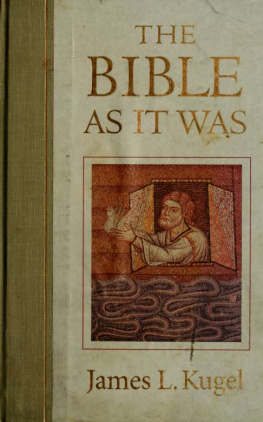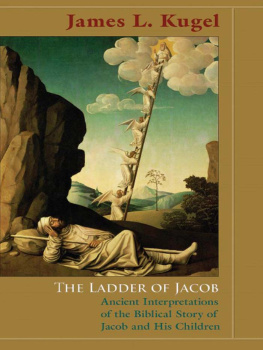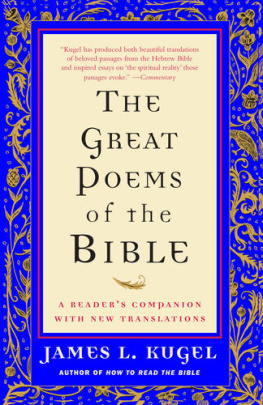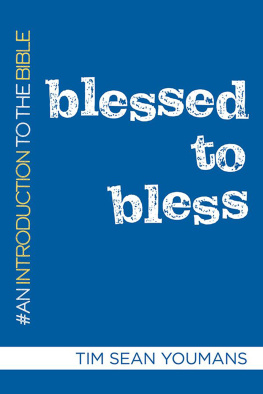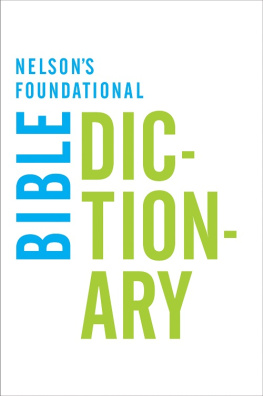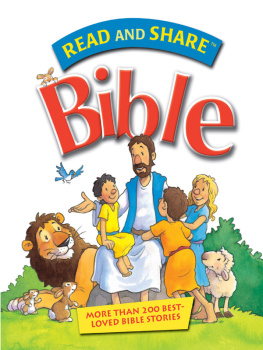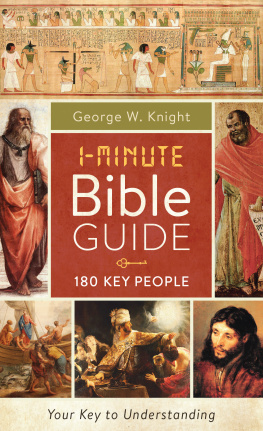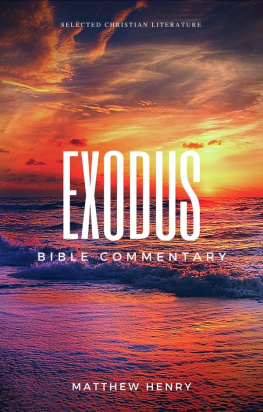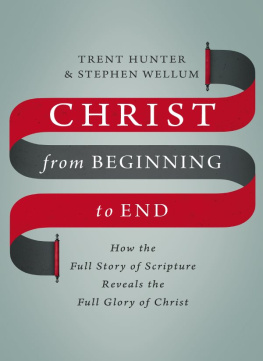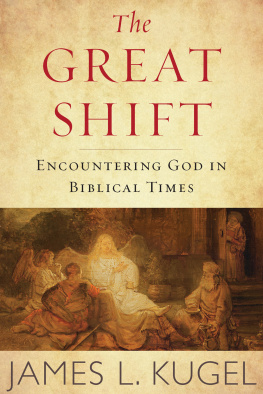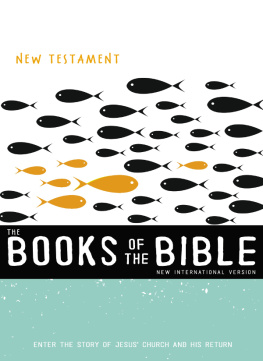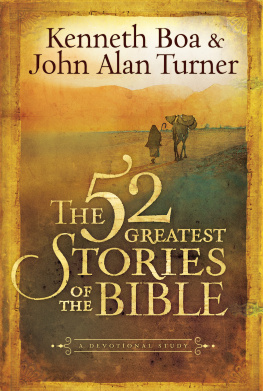James L. Kugel - How to Read the Bible: A Guide to Scripture, Then and Now
Here you can read online James L. Kugel - How to Read the Bible: A Guide to Scripture, Then and Now full text of the book (entire story) in english for free. Download pdf and epub, get meaning, cover and reviews about this ebook. year: 2008, publisher: Free Press, genre: Religion. Description of the work, (preface) as well as reviews are available. Best literature library LitArk.com created for fans of good reading and offers a wide selection of genres:
Romance novel
Science fiction
Adventure
Detective
Science
History
Home and family
Prose
Art
Politics
Computer
Non-fiction
Religion
Business
Children
Humor
Choose a favorite category and find really read worthwhile books. Enjoy immersion in the world of imagination, feel the emotions of the characters or learn something new for yourself, make an fascinating discovery.
- Book:How to Read the Bible: A Guide to Scripture, Then and Now
- Author:
- Publisher:Free Press
- Genre:
- Year:2008
- Rating:4 / 5
- Favourites:Add to favourites
- Your mark:
How to Read the Bible: A Guide to Scripture, Then and Now: summary, description and annotation
We offer to read an annotation, description, summary or preface (depends on what the author of the book "How to Read the Bible: A Guide to Scripture, Then and Now" wrote himself). If you haven't found the necessary information about the book — write in the comments, we will try to find it.
In How to Read the Bible, Harvard professor James Kugel leads the reader chapter by chapter through the quiet revolution of recent biblical scholarship, showing time and again how radically the interpretations of todays researchers differ from what people have always thought. The story of Adam and Eve, it turns out, was not originally about the Fall of Man, but about the move from a primitive, hunter-gatherer society to a settled, agricultural one. As for the stories of Cain and Abel, Abraham and Sarah, and Jacob and Esau, these narratives were not, at their origin, about individual people at all but, rather, explanations of some feature of Israelite society as it existed centuries after these figures were said to have lived. Dinah was never raped -- her story was created by an editor to solve a certain problem in Genesis. In the earliest version of the Exodus story, Moses probably did not divide the Red Sea in half; instead, the Egyptians perished in a storm at sea. Whatever the original Ten Commandments might have been, scholars are quite sure they were different from the ones we have today. Whats more, the people long supposed to have written various books of the Bible were not, in the current consensus, their real authors: David did not write the Psalms, Solomon did not write Proverbs or Ecclesiastes; indeed, there is scarcely a book in the Bible that is not the product of different, anonymous authors and editors working in different periods.
Such findings pose a serious problem for adherents of traditional, Bible-based faiths. Hiding from the discoveries of modern scholars seems dishonest, but accepting them means undermining much of the Bibles reliability and authority as the word of God. What to do? In his search for a solution, Kugel leads the reader back to a group of ancient biblical interpreters who flourished at the end of the biblical period. Far from nave, these interpreters consciously set out to depart from the original meaning of the Bibles various stories, laws, and prophecies -- and they, Kugel argues, hold the key to solving the dilemma of reading the Bible today.
How to Read the Bible is, quite simply, the best, most original book about the Bible in decades. It offers an unflinching, insiders look at the work of todays scholars, together with a sustained consideration of what the Bible was for most of its history -- before the rise of modern scholarship. Readable, clear, often funny but deeply serious in its purpose, this is a book for Christians and Jews, believers and secularists alike. It offers nothing less than a whole new way of thinking about sacred Scripture.
James L. Kugel: author's other books
Who wrote How to Read the Bible: A Guide to Scripture, Then and Now? Find out the surname, the name of the author of the book and a list of all author's works by series.


